CEU Journalism Alumna Authored Glossary for Native Language “Lopenze Tagalog”
Photo credits to opinion.net
Centro Escolar University School of Education, Liberal Arts, Music and Social Work alumna Mrs. Maria Gemma Suguitan-San Jose has released a self-published booklet “Katuturan” which is a glossary of the native language “Lopenze Tagalog” spoken in the province of Quezon.
“Katuturan started in 2002 by collecting words and meanings with the help of my family and some members of Lopez Heritage Conservation and Historical Society. My mother contributed a lot to it. It took me ten years to finally decide to write the book, but there are still a lot of words not included, so I am having a 2022 edition. Our language is so rich it needs to be shared,” said Mrs. Suguitan-San Jose who herself resides in Lopez, Quezon.
Lopenze Tagalog is also called Salitang Lopez, a dialect spoken particularly in the Talolong Town, now known as Lopez. It is a variety of Tagalog that has evolved through time yet mostly preserved and enjoyed even by the youth of today. Like the Filipino language, it also has a mixture of words coming from the Chinese, Spanish, English, the Bicol Region, Marinduque, Laguna, Batangas, even from the Ilocos and the Visayas, and of course, Quezon. Most of Salitang Lopez are not found in the Filipino dictionary, or if the words are included, they have different meanings.
“Just because it is not part of the standard Tagalog, does not mean it does not exist. I have come up with a local reference but in fear of being called a pseudo-linguist by those who have advanced study about languages, so it is humbly entitled, “Katuturan”, meaning “kahulugan”. But even the word “Katuturan” has a different meaning in Lopez town. It means “kahalagahan” or importance or value,” shared Mrs. Suguitan-San Jose.
The influx of the students from all over the neighboring towns to the five major learning institutions located in Lopez and with its graduates starting to settle in the said town, Maria Gemma has seen the urgency of the documentation of the Lopenze Tagalog as it will help the new settlers to adapt to the local language.
The “Katuturan” has been displayed in the NCCA Gallery by the Lopenze Artists, a group of artists from Lopez. It is an addition to the other written masterpieces of Maria Gemma. She wrote “Imprints of Philippine History,” a guidebook for Pila Museum in Laguna; co-authored “Rediscovering Lopez,” a coffee table book for a socio-civic organization, the Lopenzes in Metro Manila; and “ABC Begins with H,” a small book that tackles the errors in our local history.
It was during Mrs. Suguitan-San Jose’s elementary days when she began showcasing her talent in writing by winning in essay writing competitions; and in her high school days, she also became a staff member of the school paper.
“But independently, without being required to write, I started when I was a full-time mother and my daughter started going to school. I felt I had so much free time, so I used it to write. Having my articles published in the local paper gave me so much joy. Writing your thoughts and knowing that your ideas are coming across the readers make a lot of sense. In your own little way, you are contributing something for a better society, even just for the local community,” said the Bachelor of Arts in Mass Communication-Journalism graduate.
Presently, she is a member of the Execom of the National Committee on Museums (NCOM), Sub-commission on Cultural Heritage (SCH), National Commission for Culture and the Arts (NCCA); Associate Publisher of Boy Villasanta’s BVV8 Media Productions; and a contributor of True Press, entertainment section. She is also a mother to one daughter who is a licensed forester.
For more information about CEU, please visit the official website of the University at www.ceu.edu.ph. You may also follow CEU on Facebook at @theCEUofficial, @CEUMalolosofficial, @CEUMakati05 and on Twitter at @CEUmanila, @CEU_makati05, and @CEUMalolos.







